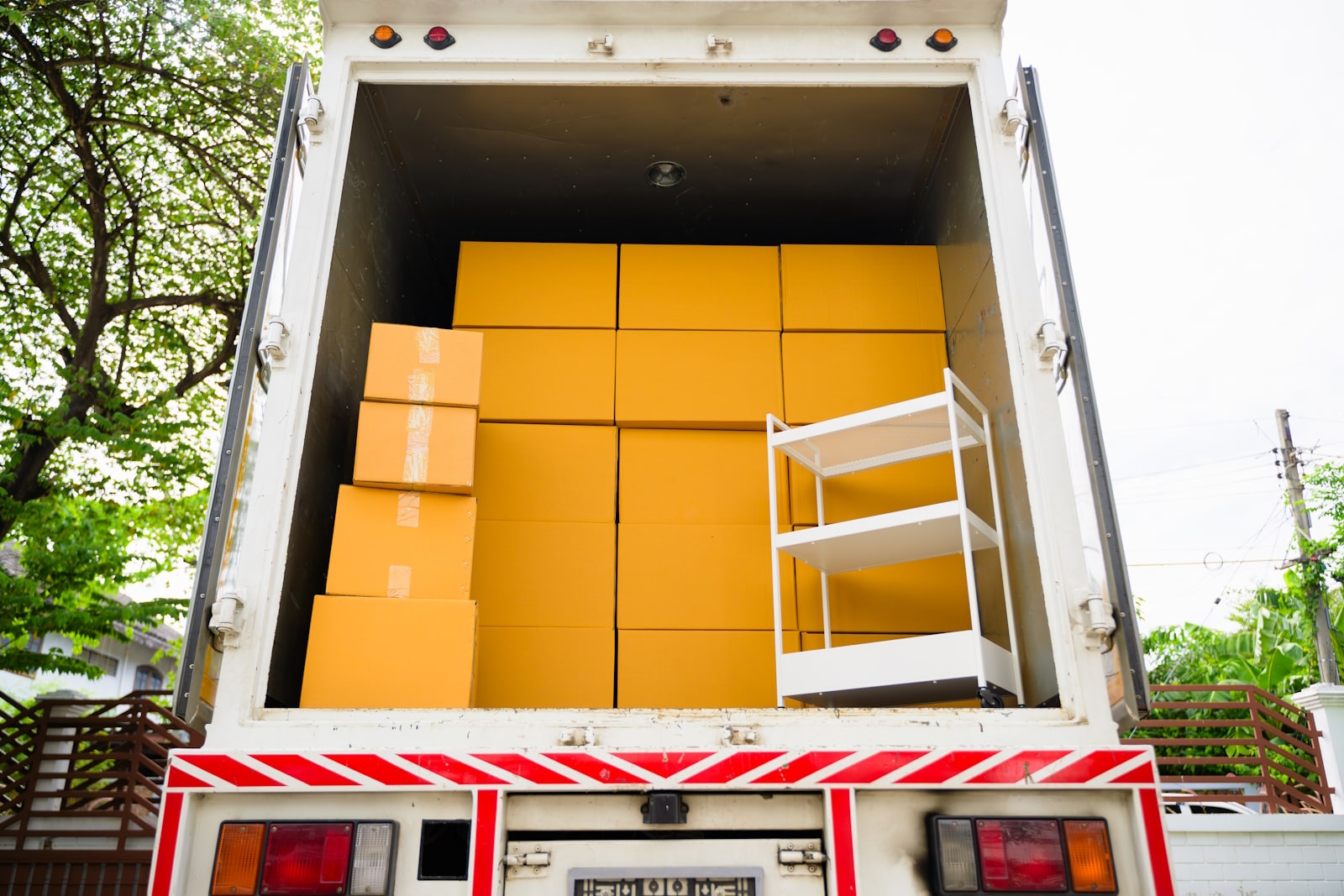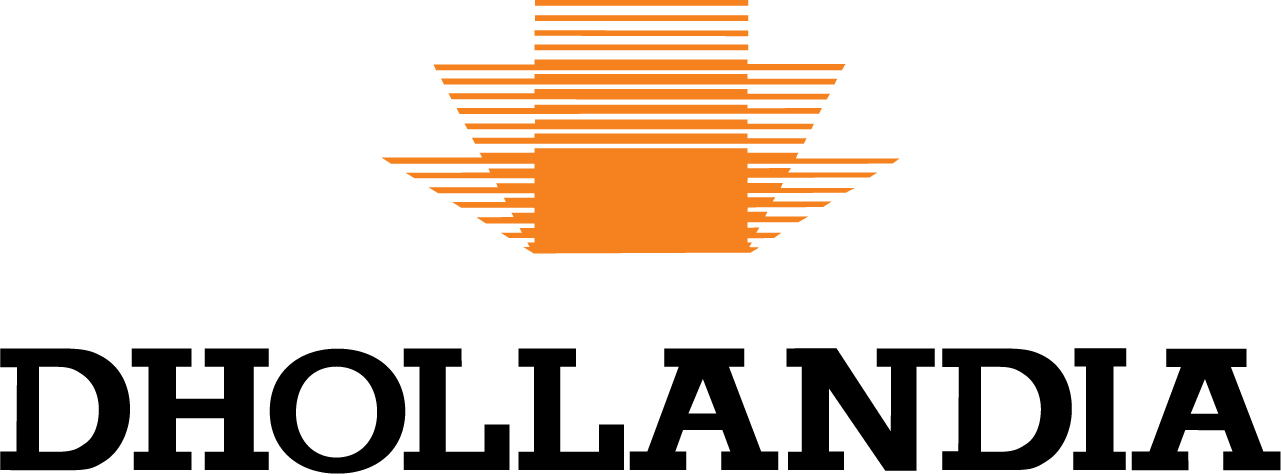
Tail Lifting and Navigating Urban Space Constraints
Urban logistics in South Africa face unique challenges, and tail lifting has become an essential solution for overcoming these obstacles. In cities like Cape Town and Johannesburg, narrow streets, limited parking, and high traffic density make traditional loading and unloading methods inefficient. Tail lifting enables delivery vehicles to operate in these constrained spaces, reducing dwell times and enhancing operational reliability.
As e-commerce continues to grow, the demand for fast, safe, and efficient urban deliveries is higher than ever. Tail lifting provides the flexibility required for modern logistics, allowing operators to deliver goods in environments where conventional methods would struggle. From improving efficiency to supporting safety and regulatory compliance, tail lifts are now indispensable tools for urban delivery fleets.
Urban Delivery Challenges
Urban areas in South Africa present unique difficulties for delivery operations. Narrow streets, limited parking, and congested traffic can significantly slow delivery times, increasing operational costs. Delivery vehicles often need to stop in non-designated areas, disrupting traffic flow and creating safety risks. According to the International Transport Forum (ITF), 40% of urban freight delays are caused by congestion and restricted access, highlighting the critical need for adaptable delivery solutions.
Operators must also contend with restricted loading zones and high pedestrian activity. The combination of tight spaces and heavy traffic requires innovative solutions that improve both efficiency and safety. Tail lifting addresses these challenges by enabling loading and unloading in confined areas without requiring ramps or external equipment. This capability allows logistics operators to maintain tight schedules even under difficult urban conditions.
Tail Lift Size and Design Optimisation
Optimising tail lift design is essential for efficient urban deliveries. Compact yet powerful tail lifts allow vehicles to operate in tight spaces without blocking traffic or pedestrian pathways. Properly designed lifts can handle heavy loads while occupying minimal space, ensuring that operations are not delayed by spatial limitations.
- Compact, space-saving designs suitable for narrow streets
- High load capacity to handle urban freight efficiently
- Foldable and telescopic platforms for easy storage
- Adjustable lift heights for diverse delivery environments
- Customisation to match vehicle specifications and operational needs
Tail lifts that are thoughtfully designed improve not only operational efficiency but also safety. By reducing the need for manual handling and streamlining loading operations, they lower the risk of accidents. Dhollandia’s solutions, for example, demonstrate how a combination of robust hydraulic systems and compact engineering can optimise urban delivery operations.
When properly integrated, optimised tail lifts reduce dwell times at delivery points and enhance overall fleet performance. Vehicles equipped with these lifts can complete more stops per route while maintaining safety and compliance with urban regulations.
Maneuverability in Congested Areas
Maneuverability is a crucial factor for urban delivery vehicles. Narrow lanes, tight corners, and heavy traffic make it difficult for trucks to operate efficiently. Vehicles equipped with well-designed tail lifts benefit from reduced deployment space and quicker operation, allowing them to navigate congested streets without causing obstruction.
Modern delivery vehicles also feature reduced turning radii, low floors, and enhanced suspension systems to improve agility. Tail lifts that deploy and retract quickly minimise the time vehicles occupy limited urban space, reducing the likelihood of traffic disruptions. According to ERTRAC, improving vehicle manoeuvrability is one of the top priorities for enhancing urban freight efficiency.
Operators must also adopt deployment techniques suited to dense environments. Sensors and automated assistance systems can guide the lift’s operation in restricted areas, preventing collisions with curbs, pedestrians, and other vehicles. By combining vehicle design and tail lifting technology, urban fleets achieve higher efficiency and safer delivery practices.
Loading and Unloading Efficiency
Efficient loading and unloading are key to successful urban logistics. Time spent at each delivery point significantly affects overall route efficiency. Tail lifting enables operators to handle goods quickly and securely, even when space is limited.
- Foldable or telescopic platforms to save space and accelerate operations
- Adjustable lift heights for compatibility with different loading docks
- Stable platforms that minimise manual handling
- Integrated safety features to protect personnel and goods
- Ergonomic controls for faster, simpler operation
By implementing these solutions, operators can reduce dwell time at delivery points, increase the number of stops per route, and maintain schedules in high-density areas. Studies from the ITF-OECD show that optimising loading efficiency can reduce urban delivery time by up to 20%, highlighting the tangible benefits of tail lifting solutions.
Ultimately, improved loading and unloading efficiency contributes to cost savings, safer operations, and greater customer satisfaction. Tail lifting solutions that prioritise speed, flexibility, and stability are critical for modern urban delivery fleets.
Safety Protocols in Urban Settings
Operating tail lifts in urban areas requires stringent safety measures. Pedestrian traffic, cyclists, and other vehicles increase the risk of accidents. Tail lifts with visual and audible warnings, emergency stops, and automatic lock systems are essential for preventing incidents.
Operators must receive regular training to ensure compliance with safety standards. Programs should cover hazard recognition, proper lift usage, and pedestrian awareness. OSHA guidelines recommend a combination of technological safeguards and training to reduce urban delivery accidents.
Tail lifts also mitigate the need for manual handling, decreasing the likelihood of musculoskeletal injuries. By prioritising safety, urban delivery fleets can operate more efficiently while protecting personnel and the public.
Integration with Delivery Logistics
Integrating tail lifts into the wider delivery logistics strategy enhances operational performance. Coordination with route planning, scheduling, and cargo management allows operators to optimise the use of tail lifts and reduce downtime.
- Aligning tail lift use with delivery route planning
- Scheduling deliveries to match available loading zones
- Streamlined cargo management for faster loading/unloading
- Real-time monitoring to adjust operations dynamically
- Coordinated fleet management to maximise lift utilisation
Tail lifting improves the flexibility of urban delivery fleets. Vehicles can operate independently of ramps or external equipment, allowing more efficient scheduling and better service to customers. This integration helps minimise delays, reduce operational costs, and improve overall urban delivery efficiency.
By incorporating tail lifts into logistics software and fleet management systems, operators can optimise delivery routes and automate lift deployment, ensuring faster, safer deliveries.
Technological Innovations
The tail lifting industry is rapidly evolving with new technologies. Electric tail lifts reduce noise and emissions, making them suitable for city environments with strict environmental regulations. Remote-controlled lifts and automated sensors improve operational precision and safety, allowing operators to navigate tight spaces confidently.
Sensor-assisted tail lifts can detect obstacles, pedestrians, and uneven surfaces, providing real-time feedback to operators. These innovations not only enhance safety but also reduce the likelihood of product damage during urban deliveries.
As technology advances, the role of tail lifts in urban logistics will continue to expand. Integrating these innovations with fleet management systems and route optimisation tools ensures that delivery vehicles can meet the demands of modern urban environments efficiently.
Environmental and Regulatory Considerations
Urban delivery vehicles must comply with strict environmental and regulatory standards. These include limits on vehicle dimensions, noise levels, emissions, and access to restricted zones. Tail lifts must be designed to adhere to these standards while maintaining operational efficiency.
Compliance with regulations not only avoids fines but also supports sustainable urban logistics. Electric and low-noise tail lifts reduce environmental impact, while compact designs help vehicles fit within restricted streets and loading zones.
Regulatory compliance also promotes public safety and community acceptance of delivery operations. Properly designed tail lifting solutions balance operational needs with environmental responsibility.
An Essential Solution To Urban Logistics
Tail lifting solutions are now essential to modern urban logistics. By prioritising compact design, manoeuvrability, efficiency, safety, technological integration, and regulatory compliance, delivery fleets can navigate urban environments more effectively and reliably.
Investing in reliable tail lifting solutions enhances fleet performance, reduces delivery times, and improves safety for operators and the public. We encourage you to contact Dhollandia SA to explore how our tail lifting solutions can optimise your urban delivery operations and elevate your service capabilities.
